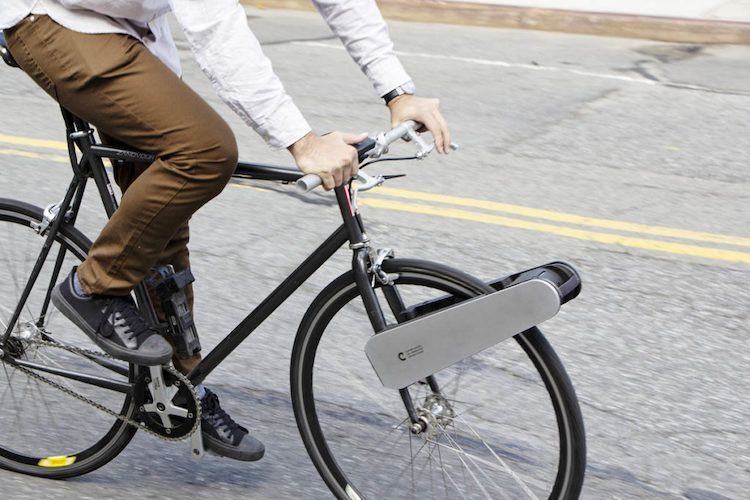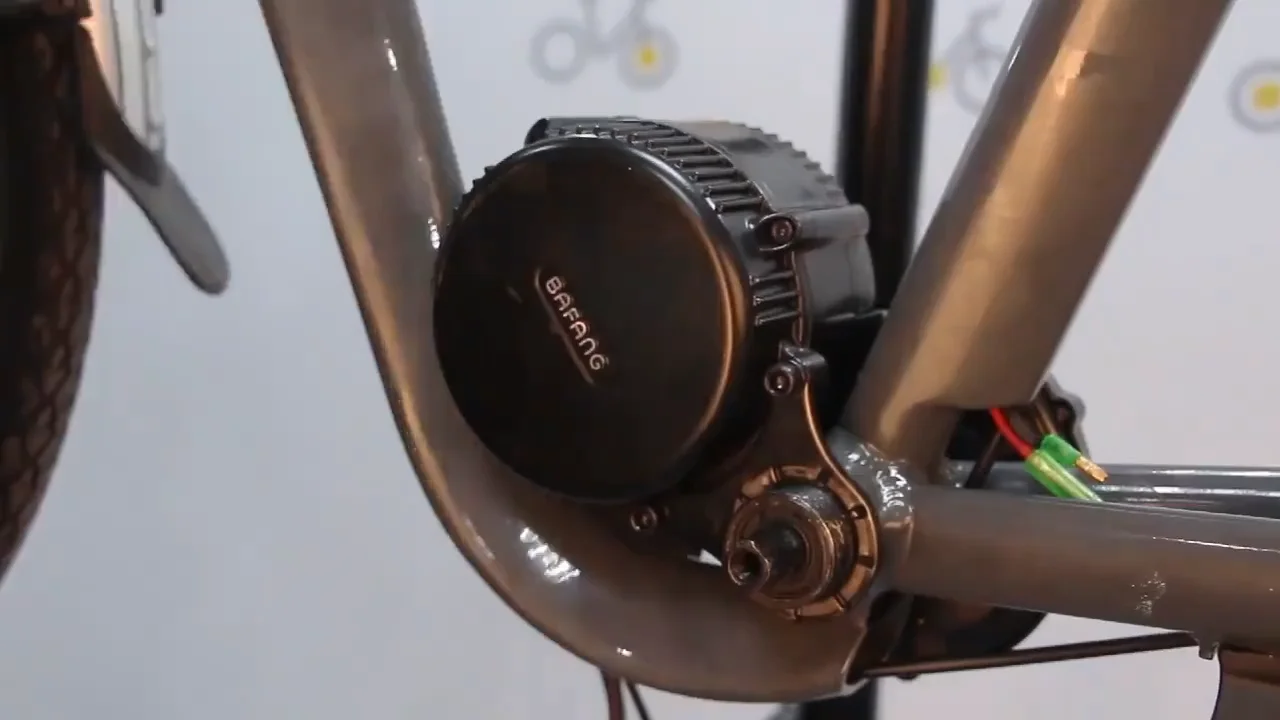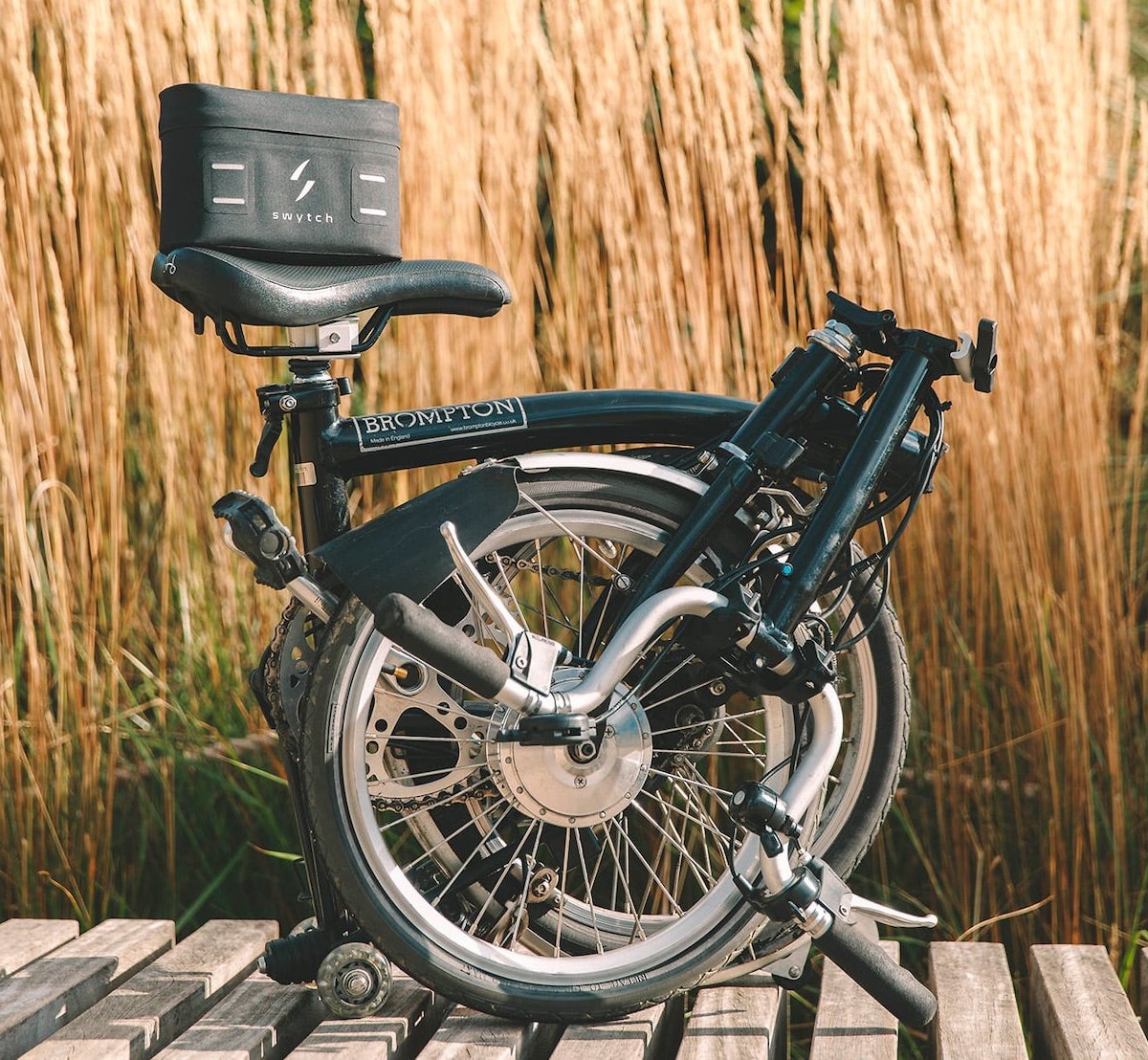The E-Bike Revolution: Embracing a Greener Transportation Alternative
E-bikes, or electric bicycles, have gained significant popularity in recent years as a sustainable and practical transportation solution. By transforming your traditional bike into an e-bike, you can enjoy numerous benefits such as increased range, speed, and convenience. This guide will walk you through the process of turning your bike into an e-bike, from selecting the right conversion kit to understanding the legal and safety considerations.
Understanding E-Bike Conversion Kits: Types and Key Components
E-bike conversion kits are designed to transform your traditional bicycle into a motorized electric bike. These kits generally consist of a motor, battery, controller, and display. The primary types of e-bike conversion kits available are front wheel, rear wheel, and mid-drive. Each type has its advantages and disadvantages, depending on your specific needs and the compatibility with your bike.
- Front Wheel Kits: These kits are typically easier to install and are more affordable. They are ideal for bikes with a single-speed or internal hub drivetrain. However, front wheel kits may not provide optimal weight distribution and can affect handling, especially during climbing or high-speed rides.
- Rear Wheel Kits: These kits offer better traction and weight distribution compared to front wheel kits. They are suitable for bikes with multiple gears and derailleurs. However, installing rear wheel kits can be more challenging due to the complexity of the drivetrain.
- Mid-Drive Kits: These kits are located at the bike’s crankset, providing better weight distribution and a more natural feel. Mid-drive kits also take advantage of the bike’s gears, offering improved efficiency and torque. However, they tend to be more expensive and complex to install.
When selecting an e-bike conversion kit, consider the compatibility with your bike’s frame, wheel size, and desired performance level. Choosing the appropriate motor power, battery capacity, and display type is crucial for a successful conversion and enjoyable riding experience.
Selecting the Right E-Bike Conversion Kit for Your Bicycle
When choosing an e-bike conversion kit, several factors must be considered to ensure compatibility with your bicycle and desired performance level. These factors include your bike’s frame, wheel size, and desired performance level. Additionally, selecting the appropriate motor power, battery capacity, and display type is crucial for a successful conversion and enjoyable riding experience.
- Bike Frame Compatibility: Ensure that the conversion kit’s mounting points align with your bike’s frame. Some kits are designed for specific frame styles or materials, so double-check compatibility before purchasing.
- Wheel Size: Confirm that the conversion kit supports your bike’s wheel size. Common wheel sizes include 26″, 27.5″, 29″, and 700c. Incorrect wheel size selection can lead to poor performance or installation issues.
- Performance Level: Determine the desired performance level, such as top speed, acceleration, and hill-climbing ability. This decision will help you select the appropriate motor power and battery capacity.
- Motor Power: E-bike motors typically range from 250W to 1000W. Higher power motors provide better acceleration and hill-climbing capabilities but may consume more battery power and be subject to local regulations.
- Battery Capacity: Battery capacity is measured in amp-hours (Ah) and watt-hours (Wh). Higher capacity batteries offer increased range but add weight and cost. Consider your typical riding distance and frequency when selecting a battery.
- Display Type: Choose a display that provides the necessary information, such as speed, battery level, and pedal assist level. Some displays also offer additional features like GPS, walk-assist, and USB charging.
By carefully considering these factors, you can select the ideal e-bike conversion kit for your bicycle and enjoy the benefits of an electric bike without purchasing a new one.
How to Install an E-Bike Conversion Kit: Step-by-Step Instructions
Transforming your bike into an e-bike can be an exciting and rewarding project. By following these step-by-step instructions, you can successfully install a conversion kit and enjoy the benefits of an electric bike. Always prioritize safety and double-check each step before proceeding. If you encounter any issues, consult the manufacturer’s instructions or seek professional assistance.
- Prepare the Bike: Ensure your bike is clean and in good working condition. Remove any accessories or racks that may interfere with the conversion kit installation.
- Assemble the Components: Carefully unbox and inspect each component of the conversion kit. Familiarize yourself with the motor, battery, controller, and display. Make sure all necessary tools and hardware are included.
- Install the Motor: Depending on the kit type, install the motor onto the front or rear wheel or at the bike’s crankset (mid-drive). Tighten all bolts securely and ensure proper alignment.
- Connect the Wiring: Carefully route and connect the wiring between the motor, controller, battery, and display. Use cable ties or clips to secure the wiring and maintain a clean appearance.
- Install the Battery: Securely mount the battery to the bike frame or rack, following the manufacturer’s instructions. Ensure the battery is easily accessible for charging and maintenance.
- Install the Display: Mount the display on the handlebars, ensuring it is easily visible and accessible. Connect the display to the controller, following the manufacturer’s instructions.
- Test the System: Before your first ride, test the system to ensure all components are functioning correctly. Check the motor, battery, controller, and display for proper operation. Adjust the display settings as needed.
- Safety Precautions: Always wear a helmet and follow local traffic laws. Familiarize yourself with the e-bike’s performance and handling characteristics before riding in traffic or challenging environments.
By following these steps, you can successfully turn your bike into an e-bike and enjoy the benefits of increased range, speed, and convenience. Remember to prioritize safety and seek professional assistance if needed.
Legal and Safety Considerations for E-Bike Conversion
Transforming your bike into an e-bike can be an exciting endeavor, but it’s essential to consider local regulations, safety concerns, and equipment requirements. Familiarizing yourself with these considerations will ensure a safe and enjoyable riding experience. Here are some key points to keep in mind when turning your bike into an e-bike:
- Local Regulations: E-bike laws vary by region, so it’s crucial to understand your local regulations. Some areas classify e-bikes based on motor power, top speed, or pedal assist requirements. Ensure your converted e-bike complies with these regulations to avoid legal issues.
- Speed Limits: E-bikes typically have higher top speeds than traditional bikes. Be aware of local speed limits and adjust your riding accordingly. Maintain a safe speed, especially in crowded areas or when sharing the road with other vehicles.
- Equipment Requirements: Depending on your local regulations, your e-bike may need specific equipment, such as lights, reflectors, or mirrors. Ensure your converted e-bike meets these requirements to maintain safety and legality.
- Proper Maintenance: Regularly inspect and maintain your e-bike to ensure safe operation. Check the brakes, tires, and drivetrain for wear and tear. Keep the battery and electrical components clean and dry to prevent damage or failure.
- Safe Riding Practices: Always wear a helmet and follow local traffic laws. Familiarize yourself with the e-bike’s performance and handling characteristics before riding in traffic or challenging environments. Be predictable and visible to other road users, and communicate your intentions clearly.
By understanding and addressing these legal and safety considerations, you can enjoy the benefits of an e-bike while minimizing risks and ensuring compliance with local regulations.
Maximizing Your E-Bike Experience: Battery Management and Maintenance Tips
The battery is a crucial component of your e-bike, providing the power needed for electric assistance. Properly maintaining and optimizing your e-bike’s battery can extend its lifespan and improve overall performance. Here are some best practices for managing and maintaining your e-bike battery:
- Proper Charging Techniques: Regularly charge your battery to maintain its capacity. Avoid letting the battery fully discharge before recharging, as this can shorten its lifespan. Use the charger provided by the manufacturer and follow the recommended charging times and currents.
- Storage: If you don’t plan to use your e-bike for an extended period, store the battery in a cool, dry place. Keep it at around 50% charge and check it every few months to ensure it hasn’t lost too much charge. Avoid storing the battery in extreme temperatures, as this can degrade its performance and lifespan.
- Regular Inspection: Regularly inspect the battery for signs of damage, such as leaks, cracks, or bulges. If you notice any issues, contact the manufacturer or a professional for assistance. Keep the battery terminals clean and free of corrosion to ensure a reliable connection.
- Safe Handling: Always follow safety guidelines when handling your e-bike battery. Avoid exposing it to water or extreme temperatures, and never open or modify the battery yourself. If you suspect a problem with the battery, consult a professional for assistance.
By following these battery management and maintenance tips, you can maximize your e-bike experience and ensure a long-lasting, reliable power source for your electric bicycle.
Popular E-Bike Conversion Kit Brands and Reviews
Choosing the right e-bike conversion kit is crucial for a successful and enjoyable transformation of your traditional bicycle. Several reputable brands offer high-quality conversion kits with varying features and price points. Here are some popular e-bike conversion kit brands and brief reviews of their offerings:
Brand 1: Bafang
Bafang is a well-known e-bike conversion kit manufacturer, offering front wheel, rear wheel, and mid-drive kits. Their mid-drive kits, such as the Bafang BBS02 and BBS03, are popular for their power, reliability, and value. Bafang kits typically include a motor, controller, display, and throttle, with various battery options available separately. Installation can be moderately challenging but well-documented.
Brand 2: CYC X1 Pro
The CYC X1 Pro is a popular rear-wheel conversion kit, praised for its ease of installation and affordability. It features a 350W geared hub motor, a color display, and a throttle. The kit includes everything needed for installation, and the process is relatively straightforward. However, the battery capacity is somewhat limited compared to other brands.
Brand 3: Leaf Motors
Leaf Motors offers high-performance mid-drive kits, such as the LeafBike M550. These kits are known for their power, efficiency, and quiet operation. They include a motor, controller, display, and throttle, with various battery options available separately. Leaf Motors kits are on the pricier side but offer excellent performance and value for serious e-bike enthusiasts.
Brand 4: Ebikeling
Ebikeling provides affordable front wheel and rear wheel conversion kits, suitable for budget-conscious cyclists. Their kits include a motor, controller, display, and throttle, with various battery options available separately. Installation is relatively simple, but performance and build quality may not match more expensive brands.
When selecting an e-bike conversion kit, consider factors such as performance, value, and ease of installation. Research each brand thoroughly and read customer reviews to ensure you make an informed decision. By choosing a reputable brand, you can turn your bike into an e-bike with confidence and enjoy the benefits of increased range, speed, and convenience.
Joining the E-Bike Community: Resources and Support
Transforming your bike into an e-bike is an exciting journey, and connecting with like-minded individuals and resources can significantly enhance your experience. Engaging with the e-bike community allows you to learn from others, share your experiences, and stay updated on the latest trends and developments. Here are some ways to connect with the e-bike community:
- Online Forums: Online forums, such as href=”https://electricbikereview.com/forum/” target=”_blank” rel=”noopener noreferrer”>Electric Bike Review Forum or href=”https://endless-sphere.com/” target=”_blank” rel=”noopener noreferrer”>Endless Sphere, offer a platform for e-bike enthusiasts to discuss various topics, ask questions, and share experiences. These forums often include sections dedicated to e-bike conversion, making them an excellent resource for those turning their bikes into e-bikes.
- Blogs: Numerous e-bike blogs provide valuable insights, news, and reviews related to e-bikes and e-bike conversion. Examples include Electric Bike and href=”https://www.ebikeschool.com/” target=”_blank” rel=”noopener noreferrer”>E-Bike School. Following these blogs can help you stay informed about the latest e-bike trends and advancements.
- Local Cycling Groups: Joining local cycling groups, either e-bike specific or general, can provide opportunities to meet fellow e-bike enthusiasts in person. These groups often organize group rides, workshops, and other events where you can learn, share, and connect with others who share your passion for e-bikes.
- Social Media: Social media platforms, such as Facebook, Twitter, and Instagram, host numerous e-bike-related groups and accounts. Following these accounts can help you stay updated on e-bike news, events, and products. Additionally, participating in these online communities allows you to engage with other e-bike enthusiasts and share your experiences.
By engaging with the e-bike community, you can expand your knowledge, gain valuable insights, and connect with others who share your passion for e-bikes. Embrace the e-bike revolution and enjoy the journey of turning your bike into an e-bike with the support and resources of the e-bike community.








